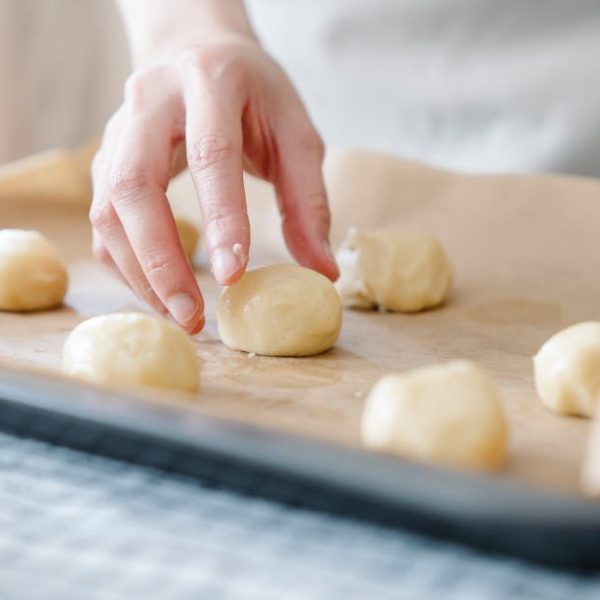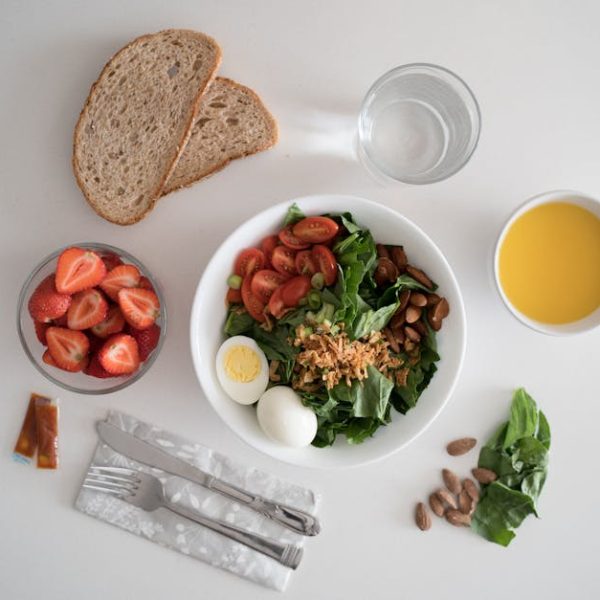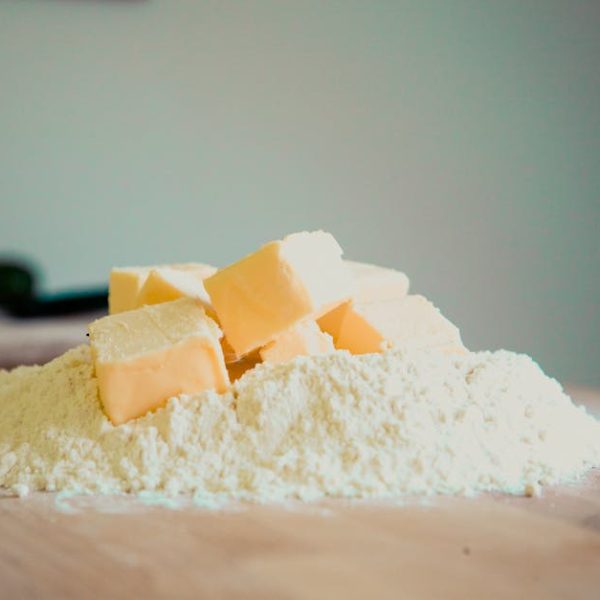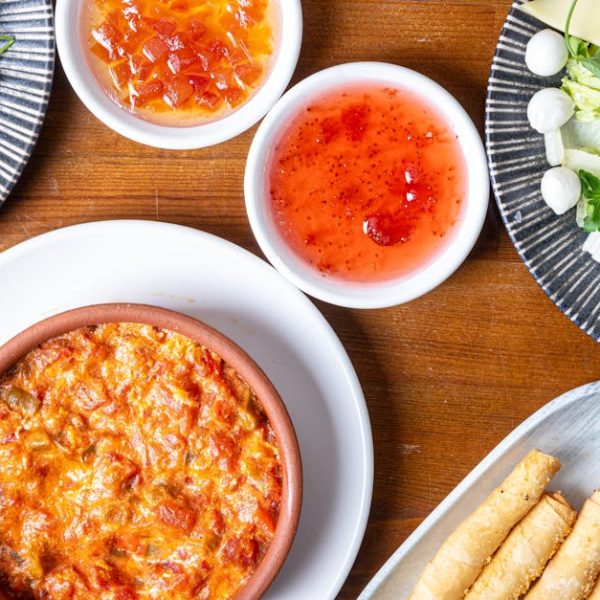The art of property seasoning a cast iron skillet is a crucial process in maintaining its longevity, enhancing its non-stick properties, and preserving the quality of the food you prepare. The sensation of sliding a beautifully cooked omelette from the skillet onto the plate, watching as it glides effortlessly, is an achievement every home cook loves. This guide introduces you to four incredibly easy methods for seasoning your skillet: using an Oven, Stovetop, Salt, or even a Campfire.
Method 1: Seasoning Your Cast Iron Skillet in the Oven
The oven seasoning method is your surefire way to a well-seasoned cast iron pan. This method is great when you have a new skillet or when your old one needs a complete seasoning overhaul. The steps involve covering your pan with a thin layer of oil, followed by baking and allowing it to cool down.
- Checklist for Oven Seasoning:
- Preheat your oven to 450-500°F (230-260°C)
- Wash your skillet thoroughly
- Coat it with a thin layer of oil
- Place the skillet in the oven upside-down
- Bake for an hour
- Allow it to cool down in the oven
Pro Tip: Consider using oils with high smoke points like flaxseed oil or canola oil. Also, always be cautious while handling the skillet, as it gets extremely hot during the baking process.
Method 2: Seasoning Your Cast Iron Skillet on the Stovetop
The stovetop method is the quickest means of seasoning your skillet, and it is suitable when you want to top up your seasoning levels after a few rounds of cooking or washing. This method saves energy and doesn’t heat up your kitchen like the oven method.
Pros and Cons:
| Pros | Cons |
|---|---|
| Quicker than the oven method | Not as thorough as the oven method |
| Doesn’t heat up your kitchen | Smokes more than the oven method |
| Saves energy | Requires more attention and time management |
⭐ Best Practice: To get an even seasoning using the stovetop, make sure to heat the skillet on low to medium heat. Also, always use oven mitts or a thick kitchen towel while handling a hot skillet to prevent burns.
Method 3: Seasoning Your Cast Iron Skillet Using Salt
Salt is a magical ingredient that does more than merely seasoning your food. It can also be an asset in keeping your skillet well seasoned, acting as an excellent abrasive for removing food particles without damaging the skillet’s surface. Sea salt, kosher salt, or table salt–they all can be used effectively in this method. Pro tip: After cleaning and scrubbing your cast iron skillet with salt, ensure that no salt granules remain as these can lead to rust spots.
Method 4: Seasoning Your Cast Iron Skillet Using a Campfire
Seasoning your skillet on a campfire is a traditional method that provides excellent results. It is particularly handy when you’re out camping and your skillet needs a little touch-up.
- Checklist for Campfire Seasoning:
- Let your skillet heat up on the fire
- Rub a thin layer of oil onto the skillet
- Allow it to sit in the fire for about 5-10 minutes
- Remove from fire and let it cool down
⭐ Best Practice: Ensure that your skillet has cooled down adequately before handling it. This is an active fire, so always remember to use heat-resistant gloves while performing campfire seasoning.
Maintaining Your Seasoned Cast Iron Skillet
Seasoning cast iron doesn’t just stop after the initial process; it’s a continuous cycle that keeps your skillet in top shape. Proper maintenance ensures better cooking results and a longer life span for your skillet.
- Dos and Don’ts of Cast Iron Skillet Maintenance:
- DO season it regularly
- DO use a little oil when cooking
- DON’T use soap to clean it as this strips off its seasoning layer
- DON’T let water sit in it to avoid rusting
Pro Tip: Be observant! If you notice food starting to stick to your pan or if it looks a little dull, it might be time to give it another round of seasoning.
Remember, a well-seasoned cast iron skillet is a cook’s best friend. With these easy methods, you can keep your skillet in fantastic shape for many meals to come.
Key Takeaway:
- There are four methods to season a cast iron skillet: the Oven Method, Stovetop Method, Salt Method, and Campfire Method, each with unique advantages and appropriate usage situations.
- No matter the seasoning method used, ensuring safety, maintaining even temperature, and using suitable oil type improves seasoning results.
- Consistent maintenance, including regular seasoning, correct cleaning routines, and keen observation of the skillet condition, support its longevity and cooking efficiency.
Your cast iron skillet is a culinary investment that, when properly seasoned and maintained, offers unrivaled cooking tools’ endurance and efficiency. Learning and mastering these methods will serve both you and your skillet well in all your cooking ventures. Enjoy the bliss of effortless cooking with a well-seasoned cast iron skillet.
FAQs
Q: What types of oil are best for seasoning a cast iron skillet?
A: Oils with high smoke points such as flaxseed oil or canola oil are highly recommended for seasoning a cast iron skillet.
Q: What are the indications that my cast iron skillet needs seasoning?
A: If your food starts sticking to its surface or it appears a bit dull, it’s probably time for a round of seasoning.
Q: Can I use other types of salt besides table salt for the Salt Method?
A: Yes. Other types of salt like sea salt and kosher salt can be used effectively in this method for seasoning your skillet.
Q: In the Campfire Method, how long should I let the skillet heat up on fire?
A: It is recommended to let your skillet heat up on the fire for about 5-10 minutes for effective seasoning via the Campfire Method.
Q: Is it necessary to season my cast iron skillet each time I use it?
A: No, it’s not necessary to season it each time. However, regular seasoning contributes to its longevity and enhances its non-stick properties.
We encourage you to share this article with those who could benefit from it, and explore more enlightening posts on our website. Happy cooking!






